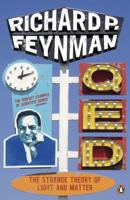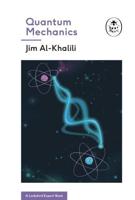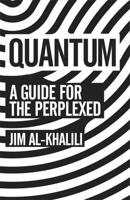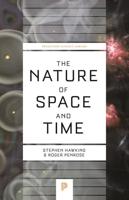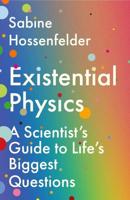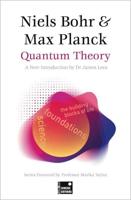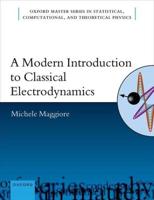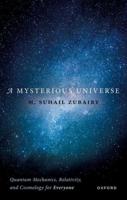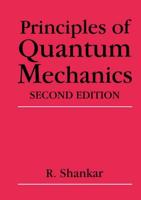Publisher's Synopsis
Excerpt from On the Quantum Theory of Line-Spectra, Vol. 2: On the Hydrogen Spectrum
In Part III the problem of the series spectra of other elements will be treated from a similar point of view. As pointed out by the writer in an earlier paper, a simple explanation of the pronounced analogy between these spectra and the hy drogen spectrum is offered by the fact, that the atomic systems, involved in the emission of the spectra under consideration, in a certain sense may be regarded as a perturbed hydrogen atom. On the other hand, a clue to the interpretation of the characteristic difference between the hydrogen spectrum and the spectra of other elements was first obtained by sommerfeld's theory of the stationary states of cen tral systems referred to above. As shown by sommerfeld, it is possible on this theory to account in general outlines for the well known laws governing the fre quencies of the series spectra of the elements; and, as it will be shown in Part III, it is also possible, on the basis of the formal relation between the quantum theory and the ordinary theory of radiation, in this way to obtain a simple interpretation of the laws governing the remarkable differences in the intensities with which the various series of lines appear, which on the combination principle would constitute the complete spectra under consideration. As regards the detailed discussion of these spectra, however, it is necessary to bear in mind that the part played by the inner electrons in the atoms of the elements in question forms a far more intricate pro blem than the perturbing effect of a fixed external field on the hydrogen atom. For the treatment of this problem the theory of conditionally periodic systems based on the conditions (22) does not seem to suffice, while, as it will be shown in Part III, it appears that the method of perturbations exposed in the following lends itself naturally also to this case.
About the Publisher
Forgotten Books publishes hundreds of thousands of rare and classic books. Find more at www.forgottenbooks.com
This book is a reproduction of an important historical work. Forgotten Books uses state-of-the-art technology to digitally reconstruct the work, preserving the original format whilst repairing imperfections present in the aged copy. In rare cases, an imperfection in the original, such as a blemish or missing page, may be replicated in our edition. We do, however, repair the vast majority of imperfections successfully; any imperfections that remain are intentionally left to preserve the state of such historical works.

